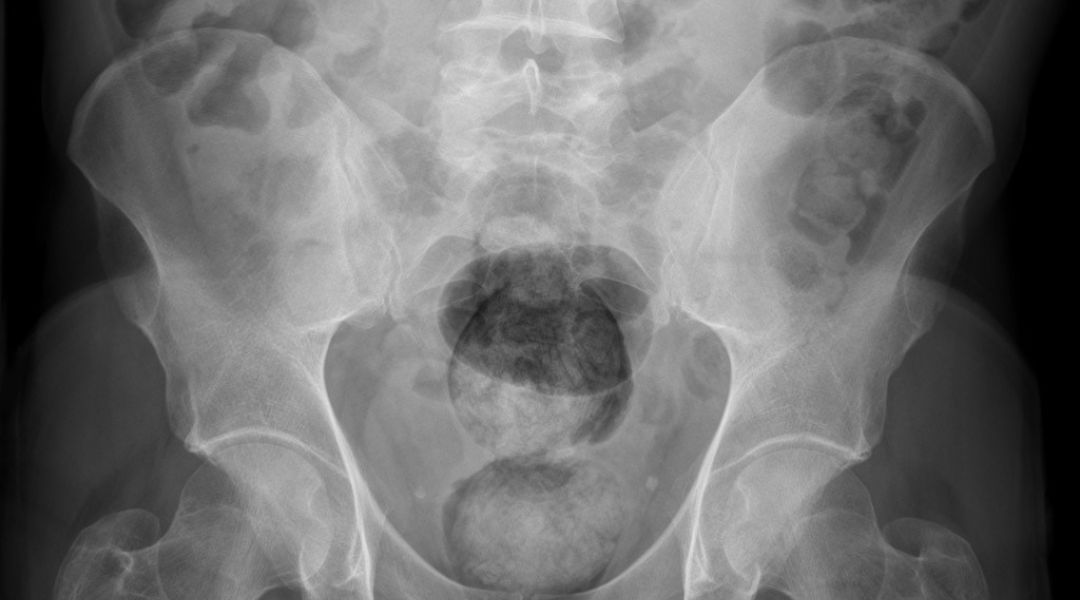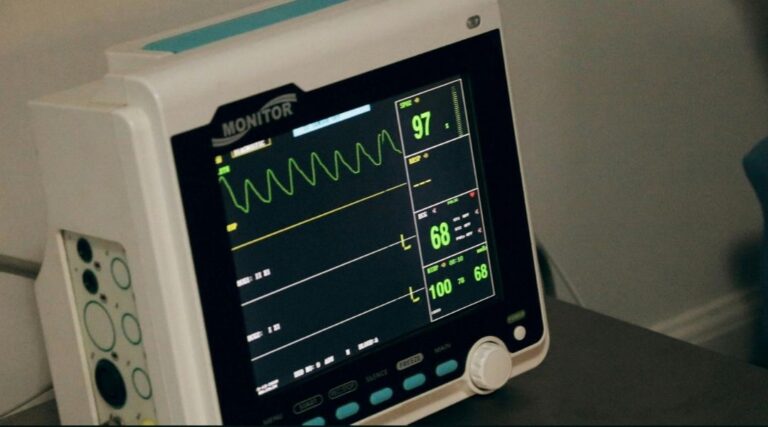The main surgeries that can be performed in upper and middle rectal cancer are low anterior rectal resection (LAR), lateral colostomy (LC), and extended Hartmann operation with mesorectal excision (EHO). Compared with lateral colostomy, EHO is a curative surgery; it also requires a shorter operative time and has a lower mortality rate than LAR.
The purpose of this study was to analyze postoperative surgical complications in patients undergoing LAR, LC or EHO.
The study is a prospective analysis based on a surveillance protocol for patients with liver metastases of colorectal origin used in the First Surgical Oncology Unit, Regional Institute of Oncology IaAŸi, Romania. Postoperative complications occurring within 60 days after surgery were analyzed.
During June 2012-May 2014, 87 patients were diagnosed with upper and middle rectal cancer and liver metastasis; LAR was performed in 18 patients, LC in 19 patients, and EHO in 50 patients with exteriorized pelvic abdominal or perineal drainage (37 and 13 patients, respectively).
Postoperative complications related to surgical wound, ostomy, pelvic abscess, postoperative bleeding, prolonged postoperative ileus, anastomotic leakage, reinterventions, hospitalizations, and mortality were analyzed.
A higher rate of pelvic abscesses was found in EHO patients (24%, n=12), of which 9 patients (18%) required reinterventions for drainage of pelvic fluid collection; all these patients had exteriorized pelvic abdominal drainage. No presacral abscesses were recorded in patients with perineal exteriorized pelvic drainage.
Extended Hartmann operation (EHO) remains a safe technique, sharing some indications with LAR and LC; however, it is associated with a higher rate of pelvic abscesses and reinterventions that can be avoided by postoperative perineal drainage of the presacral space.




